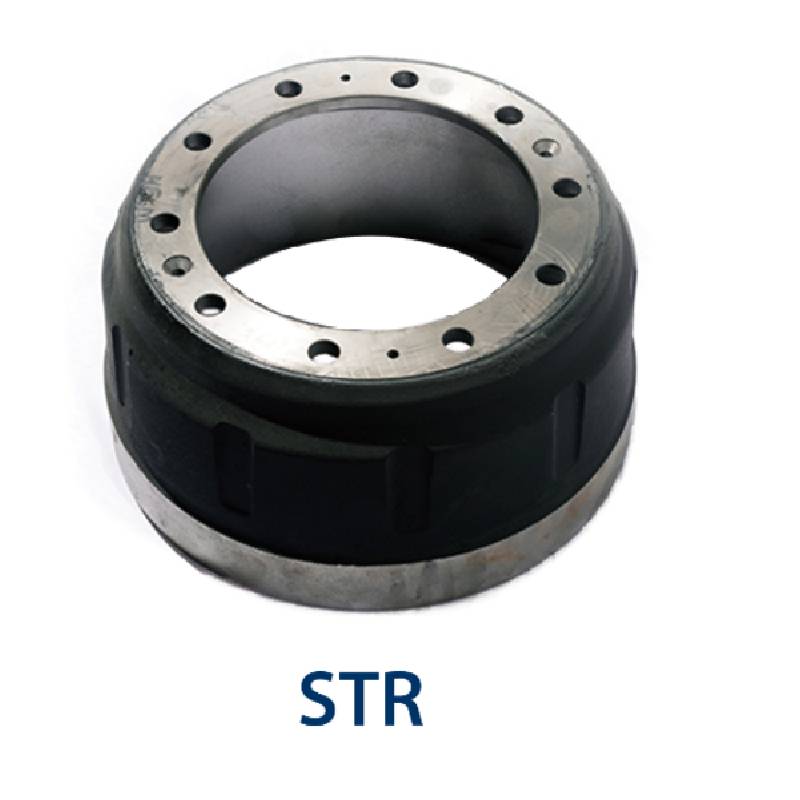ធ្នូ . 11, 2024 11:47 Back to list
brake drum specifications
Understanding Brake Drum Specifications
Brake drums play a crucial role in the automotive braking system, particularly in vehicles equipped with drum brakes. These components are essential for the safe and efficient braking of the vehicle. This article delves into brake drum specifications, highlighting their significance, key characteristics, and considerations for maintenance and replacement.
What is a Brake Drum?
A brake drum is a cylindrical component that is part of the drum brake system. It is typically made from cast iron or aluminum alloy to provide the necessary strength and durability. When the brake pedal is pressed, brake shoes press against the inside surface of the drum, creating friction that slows down or stops the vehicle. Proper brake drum specifications are vital for ensuring optimal braking performance and vehicle safety.
Key Specifications
1. Diameter and Width Brake drums come in various diameters and widths, depending on the vehicle's design and manufacturer specifications. The diameter is crucial as it determines the leverage the brake shoes have on the drum. A wider drum can offer greater surface area for better heat dissipation and improved braking performance. Common diameters range from 10 to 12 inches, but there are specialized drums that vary widely.
2. Material Composition Most brake drums are made of cast iron due to its excellent thermal conductivity and strength under high-stress conditions. Some modern vehicles may use aluminum alloys, which are lighter and can enhance fuel efficiency without compromising braking performance. The choice of material affects the drum’s heat resistance, longevity, and performance.
3. Wall Thickness The thickness of the brake drum wall is an essential specification that impacts its strength and ability to dissipate heat. Thicker drums generally offer better durability and are less prone to warping under extreme conditions. Standard wall thickness varies, but manufacturers provide specifications that ensure optimal performance.
4. Internal Diameter and Finishing The internal diameter of the brake drum is precisely specified to match the brake shoe design. A smooth, well-finished surface is crucial for effective operation. Any scoring, rusting, or uneven surfaces can lead to reduced braking performance, increased wear on the brake shoes, and an overall less effective braking system.
brake drum specifications

5. Weight The weight of brake drums can also affect overall vehicle dynamics and fuel efficiency. Heavier drums may provide better thermal mass to absorb heat, but they can also increase the unsprung weight of the vehicle, impacting ride quality. Manufacturers balance these factors while designing brake drums.
Importance of Specifications
Adhering to the correct brake drum specifications is vital for ensuring safety and performance. Incorrect drum sizes can lead to inadequate braking force, potential brake fade, and compromised vehicle control. Utilizing drums that do not meet the manufacturer’s specifications can result in accelerated wear and tear on brake components, leading to costly repairs and safety hazards.
Maintenance and Replacement Considerations
Regular inspection of brake drums is necessary to maintain the overall health of the braking system. Key factors to monitor include
- Wear and Tear Inspect for uneven wear patterns, scoring, and cracks, which may indicate the need for replacement. - Heat Discoloration Excessive heat can affect the integrity of the brake drum, leading to warping or structural failure. - Cleaning Ensure that the drum's inner surface is clean and free of debris or contaminants that can impact performance.
When replacing brake drums, it is crucial to select parts that conform to the original equipment manufacturer (OEM) specifications to guarantee compatibility and performance.
Conclusion
In summary, understanding brake drum specifications is essential for maintaining the safety and efficiency of a vehicle's braking system. By focusing on dimensions, material properties, and operational characteristics, vehicle owners and mechanics can ensure that the brake drums function optimally. Regular inspection and adherence to manufacturer specifications are key to preventing issues that could compromise vehicle safety. Investing time in understanding and maintaining these crucial components can lead to enhanced vehicle performance and prolonged lifespan of the braking system.
-
Volvo Brake Drum: OEM Quality, Optimal Safety
NewsAug.27,2025
-
Durable Brake Drum MAZ for Heavy Duty Trucks | High Performance
NewsAug.26,2025
-
FUWA: Premium Quality, Reliable Performance & Innovative Solutions
NewsAug.25,2025
-
Liza Brake Drum: Superior Quality & Performance for Safe Driving
NewsAug.24,2025
-
Iveco Brake Drum | Premium OE Quality for Daily & Eurocargo
NewsAug.22,2025
-
Your Brake Drum Man: Quality & Performance Parts
NewsAug.21,2025
